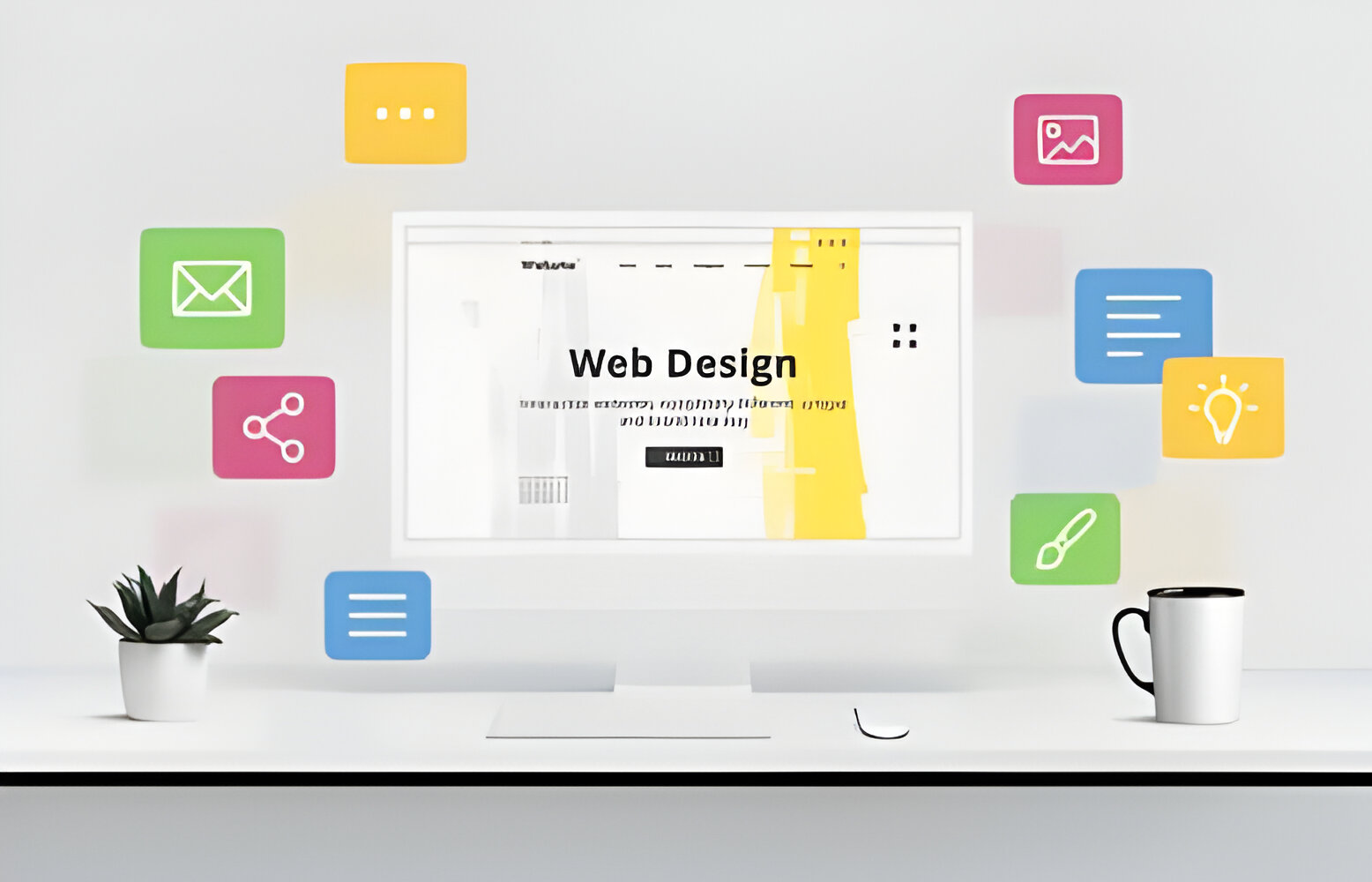In today’s digital age, a well-designed website is crucial for any B2B company. Your website serves as the online face of your business, often being the first point of contact for potential clients. Therefore, it’s essential to make a great first impression. In this guide, we’ll explore the best practices for B2B website design, helping you create a site that not only looks great but also drives conversions and fosters long-term business relationships.
The Importance of B2B Website Design
A well-crafted B2B website can significantly impact your business. Here’s why:
1. Builds Credibility:
- A professional website instills trust and confidence in potential clients, showcasing your expertise and reliability.
2. Generates Leads:
- Effective design and strategic content placement can convert visitors into leads, driving business growth.
3. Enhances User Experience:
- A user-friendly website keeps visitors engaged, reducing bounce rates and encouraging them to explore more of your content.
4. Supports Branding:
- Consistent design elements reinforce your brand identity, making your business more memorable.
Best Practices for B2B Website Design
To create an effective B2B website, follow these best practices:
1. Understand Your Audience
Before you start designing, it’s crucial to understand your target audience. Conduct market research to gather insights about their needs, preferences, and pain points. This information will guide your design choices and content strategy, ensuring your website resonates with your audience.
2. Focus on Clean and Professional Design
A cluttered website can overwhelm visitors and detract from your message. Aim for a clean, professional design with ample white space. Use a consistent color scheme that aligns with your brand, and choose fonts that are easy to read.
3. Optimize for Mobile Devices
With the increasing use of smartphones and tablets, your website must be mobile-friendly. Ensure your design is responsive, meaning it adjusts seamlessly to different screen sizes. This improves user experience and helps with SEO rankings.
4. Prioritize User Experience (UX)
User experience is paramount in B2B website design. Make navigation intuitive, with clear menus and logical flow. Use visual hierarchy to guide visitors’ attention to key information and calls to action (CTAs).
5. Incorporate Strong Calls to Action
CTAs are essential for driving conversions. Place them strategically throughout your site, encouraging visitors to take specific actions, such as contacting your sales team, downloading a resource, or subscribing to your newsletter. Make sure your CTAs stand out with contrasting colors and compelling text.
6. Showcase Your Value Proposition
Your value proposition should be immediately clear to visitors. Use concise, persuasive language to explain what sets your business apart and how you can solve your clients’ problems. Highlight your unique selling points on your homepage and key landing pages.
7. Leverage High-Quality Visuals
Visual content, such as images, videos, and infographics, can significantly enhance your website. Use high-quality visuals that reflect your brand and add value to your content. Avoid generic stock photos and opt for custom graphics whenever possible.
8. Include Client Testimonials and Case Studies
Social proof is a powerful tool in B2B marketing. Include client testimonials, case studies, and reviews to build credibility and showcase your success stories. Highlight the results you’ve achieved for other businesses to demonstrate your capabilities.
9. Ensure Fast Load Times
Website speed is critical for user experience and SEO. Optimize your site to load quickly by compressing images, using efficient coding practices, and leveraging content delivery networks (CDNs). A fast website keeps visitors engaged and reduces bounce rates.
10. Implement SEO Best Practices
To attract organic traffic, your website needs to be optimized for search engines. Conduct keyword research to identify relevant terms for your industry, and incorporate them naturally into your content. Focus on on-page SEO elements, such as meta titles, descriptions, headers, and alt text for images.
Conclusion
Designing an effective B2B website requires a strategic approach. By understanding your audience, focusing on user experience, and following best practices, you can create a site that drives business growth. Regularly update and optimize your website to keep it relevant and effective in a competitive market.
FAQs ( Frequently Asked Questions)
Key elements include a clean and professional design, mobile responsiveness, intuitive navigation, strong calls to action, high-quality visuals, and client testimonials. These components enhance user experience and drive conversions.
Ensure your website design is responsive, meaning it adjusts to different screen sizes. Test your site on various devices to ensure a seamless user experience. Use mobile-friendly design elements, such as larger buttons and easy-to-read fonts.
SEO helps your website rank higher on search engine results pages, driving organic traffic. By optimizing your site for relevant keywords and implementing on-page SEO best practices, you can attract potential clients who are actively searching for your products or services.
HeyDay Marketing offers expert web design services tailored to B2B companies. We understand the unique challenges of B2B marketing and can create a website that meets your specific needs. Contact us to learn more about how we can help you achieve your business goals.
Common mistakes include cluttered designs, poor navigation, slow load times, and neglecting mobile optimization. Avoid these pitfalls by focusing on user experience, implementing best practices, and regularly updating your website.
By following these guidelines, you can create an effective B2B website that attracts and converts potential clients. For professional assistance with your B2B website design, reach out to HeyDay Marketing today.






